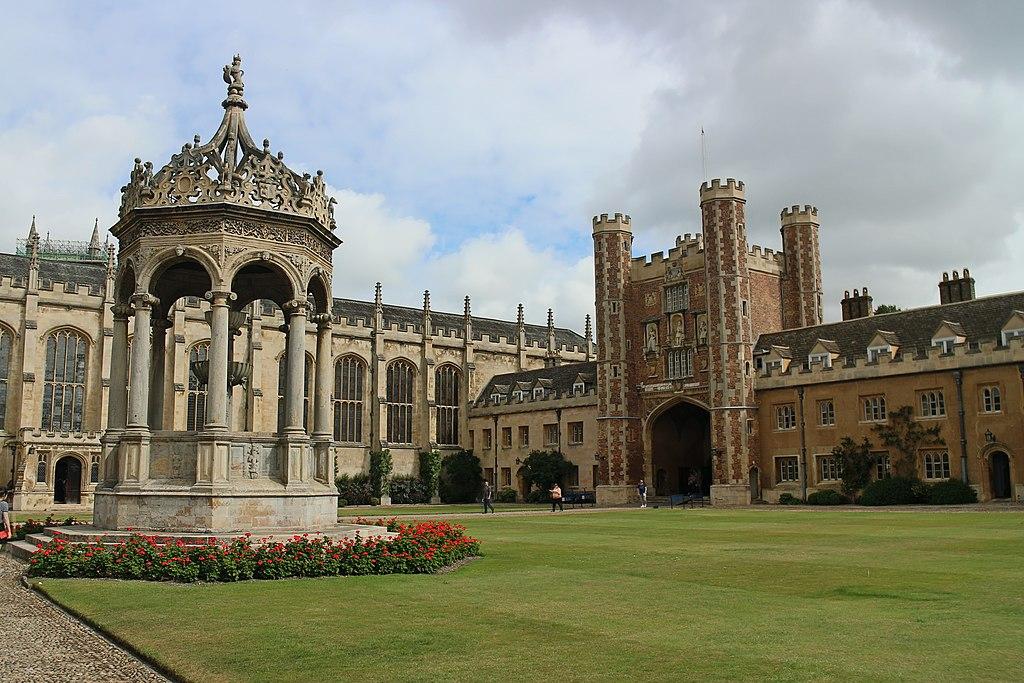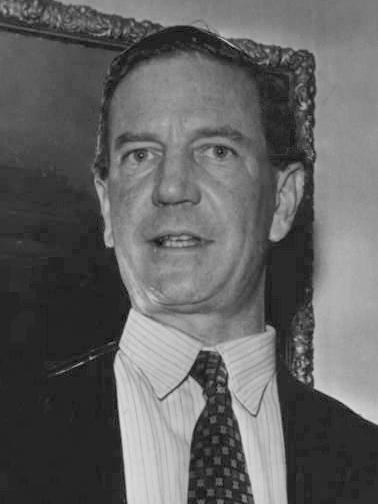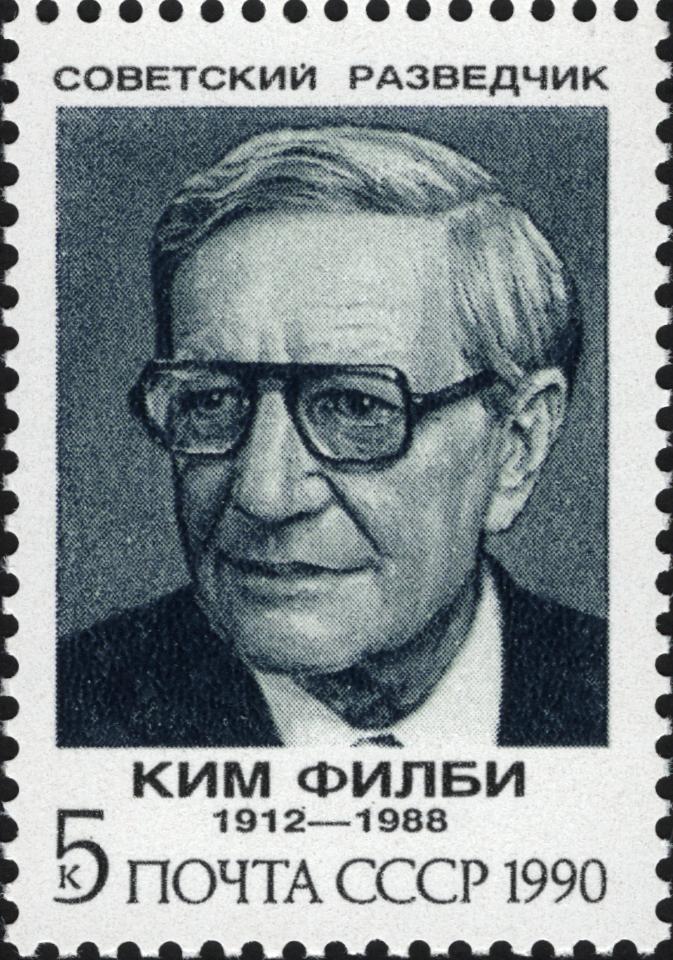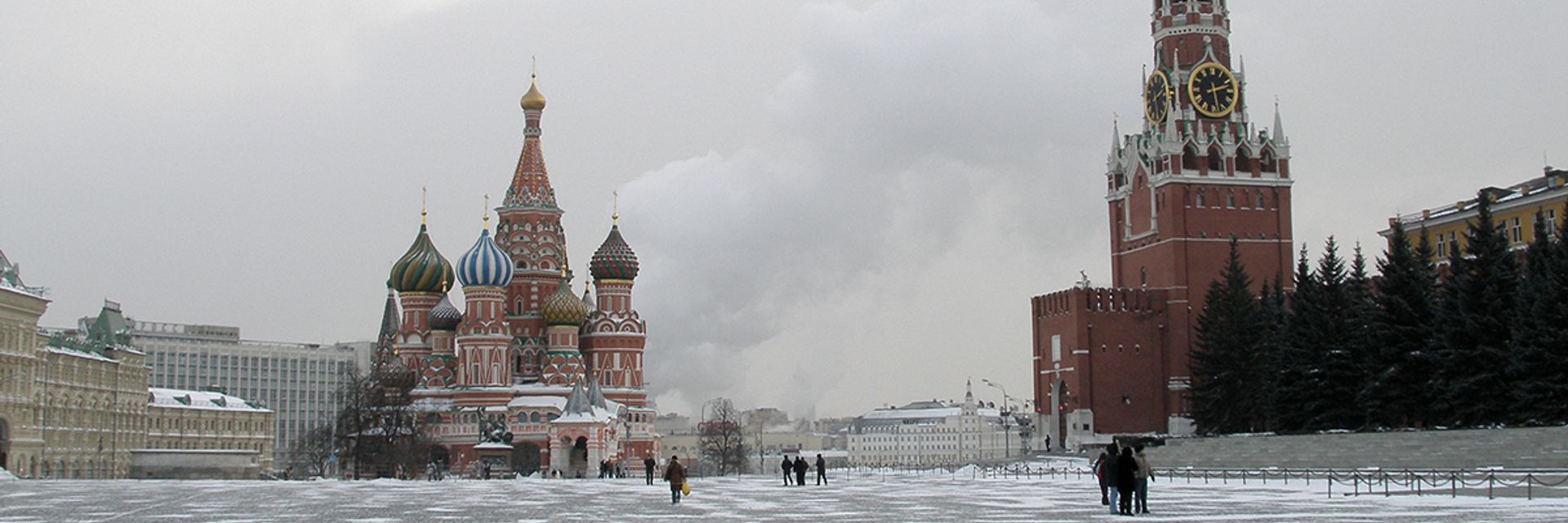When the British secret agent Kim Philby defected to Russia in 1963, he had been spying for the Soviets since leaving Cambridge University nearly 30 years earlier. His upper-class credentials, established by birth and education, gained him entry into Britain’s secret service at the start of WW2. There, Philby betrayed countless secrets. In 1949, he was named Britain’s chief intelligence liaison to Washington, where he had complete access to CIA information for two years, but how long could his string of luck last?
◊
In 2013, the National Security Agency (NSA) analyst Edward Snowden leaked to several journalists highly classified documents regarding widespread, indiscriminate surveillance, which Snowden believed to be illegal, while also compromising sensitive operations. This betrayal of American interests was compared at the time to the earlier cases of Aldrich Ames and Robert Hanssen, mid-level officers at the CIA and FBI, respectively, who sold secrets to the Russians out of plain greed or to settle personal grudges.
As devastating as these two older cases were, they paled in comparison to what remains the greatest betrayal of a country by a highly placed intelligence officer in the 20th century.
This Russian double agent, working at the top of British Intelligence, caused the deaths of dozens, perhaps hundreds of people associated with British and American spy agencies in the early Cold War years, and crippled the gathering and analysis of covert information by England’s Secret Intelligence Service (SIS) and America’s Central Intelligence Agency (CIA) for decades.
In fact, when the clandestine work of Harold “Kim” Philby, once Britain’s top intelligence officer in Washington, was finally exposed in 1963, the class system that had produced leaders for England’s spy services for centuries was shattered, never to recover. With many details still classified, and documents destroyed, the full impact of his betrayal may never be known.
Philby was very much the product of the old world of espionage. His father, St. John (pronounced sin-gin) Philby, had been an Imperial administrator in British Punjab (where young Philby was born in 1912) before becoming advisor to the Saudi king, after which he converted to Islam, and took a second wife.
St. John gave his only child the nickname “Kim,” for which he was ever after known, for the title character of Rudyard Kipling’s Indian adventure novel. In it, an Anglo-Irish orphan boy learns to take on multiple South Asian identities, and travels across northern India on secret missions against Russian designs on the territory. The British/Russia contest was at the time termed “The Great Game,” a drama in which Kim Philby seemed destined to act.
Russia’s territorial interest did not change when it swapped czarist tyranny for communist rule in 1917. Its differences with the West were only sharpened in the years that followed as the European powers, and then the U.S., sought to contain what they considered a very real threat of world communist revolution.
The Origin of a Spy
Kim Philby arrived at Trinity College, Cambridge University at a critical time in this global realignment. Fascist movements in Italy, Germany, and Spain arose, in part, in reaction to the perceived communist threat. These regimes early on committed gross assaults on political rivals and scapegoated minorities in their own nations. While still a Cambridge student, Philby witnessed anti-Semitic violence firsthand in Berlin early in 1933. After that, Maurice Dobb, a Marxist professor of economics at Cambridge, sent him to Vienna to contact communists organizing demonstrations against the authoritarian Austrian government.
Fully radicalized by the rapid and violent crushing of Austria’s leftist movement, in early 1934 Philby married the daughter of his contacts, and brought her to England to escape almost certain arrest and execution by Austrian security forces.

Trinity College, Cambridge University (Image Credit: Suicasmo, Wikimedia Commons)
Now committed to the communist cause, Philby was introduced by his wife to a Russian in London who recruited him as a Soviet agent. He was instructed thereafter to pose as a right-wing newspaper correspondent. The Soviets paid for Philby’s travel to Spain, where he began writing sympathetic accounts of fascist leader Francisco Franco’s army in its war against the country’s elected Republican government.
Before leaving Cambridge, Philby had recruited two friends, Guy Burgess and Donald Maclean, also to spy for the Russians. Highly-educated idealists, the two were destined for prominent positions in Britain’s Foreign Office. They operated relatively independently of Philby for the next two decades, before their parts in the so-called “Cambridge Ring” were finally uncovered in 1951.
On His Majesty’s Secret Service
Philby’s Cambridge and family connections, as well as his exemplary service as a conservative London Times journalist, gained him an almost automatic acceptance into the SIS at the outbreak of World War II. By then his first wife, still fully supporting Philby’s clandestine life, had left him and moved to Paris.
Cambridge University’s connection to Britain’s Secret Service can be traced to Francis Walsingham, a Cambridge grad who built a spy network for Queen Elizabeth I. That organization became an indispensable element of the growing British Empire.
Britain, the U.S., and Russia were allied against the Axis powers during the war, and so, until 1945, Philby’s work for the Soviets from his post at SIS headquarters might be considered in a relatively sympathetic light. Ironically, his Russian handlers had a hard time believing that anyone could infiltrate the SIS so easily, and suspected for years he was, in fact, a triple agent.
These suspicions changed after Philby sent information gleaned from Erich Vermehren, the most important German defector during the war. Britain’s top field agent, Nicholas Elliott (another Cambridge grad who considered Philby his closest friend) engineered the escape of this highly-placed German intelligence officer, spiriting him and his wife out of Istanbul in neutral Turkey in 1944.
It was the espionage coup of the war, throwing the Nazi spy apparatus into chaos on the eve of D-Day. The German couple, fervent Catholics, had been part of an anti-Nazi network that promised to provide conservative, anti-Communist leadership after the war. While SIS passed the Soviets a lot of the intelligence gained from the defectors, it did not disclose the names and locations of those making up the clandestine Catholic network.
But Philby did. None of those identified could be located by British authorities after the Red Army captured Berlin. All were very likely liquidated by Russian security agents using Philby’s information.
World War II served to get the United States’s own intelligence network up and running. The wartime Office of Strategic Services (OSS) soon became the Central Intelligence Agency (CIA). Several of the CIA’s first chief operatives had been trained in England during the war by none other than Kim Philby.
Philby’s Deadly Appeal
And here, Philby’s astonishing personal charm is clear. As detailed by writer Ben Macintyre, nearly everyone who knew him testified to his warmth, boundless sympathy, sense of fun, and great generosity. Remarried in the postwar years, and the father of five children, he was a doting parent, and loyal, if not exactly faithful, husband.
But brief affairs were just one part of the very male social setting of the secret intelligence world. Intimate and dangerous secrets were swapped over afterwork drinks at exclusive clubs and raffish bars. Stylish cocktail parties, and long, elegant meals defined a world of personal contacts among British and American colleagues, all warmed and bonded by rivers of alcohol.
And so, in 1949, there was no more popular and respected man to represent SIS in Washington than the man named head of SIS’s Russian department three years earlier, Kim Philby.

Kim Philby in 1955 (Image Credit: Wikimedia)
Like Nicholas Elliott, the top SIS agent in line to eventually head the agency, Philby had “befriended” James J. Angleton, who left his immediate postwar assignment undermining the Italian Communist Party to serve at the highest levels at the CIA. A dedicated Anglophile, Angleton trusted Philby completely with CIA secrets, all of which ended up in dispatches to Moscow.
After two years in Washington, Philby’s extraordinary good luck began to run out. In 1944, he had somehow escaped detection after two Soviet spies defected and reported that Russian agents, so-called “moles,” had infiltrated SIS. One of the defectors, Konstantin Volkov, disappeared in Istanbul after Philby first got word to the Russians of Volkov’s bid to switch sides, then slowed the SIS plan to facilitate his escape to England long enough for the Russians to act.
Evidence, Accusations, and Philby’s Smooth Denial
But in 1951, Donald Maclean’s spying was deduced by the CIA from captured and decoded cable messages. Learning this from Angleton, Philby sent Guy Burgess, now a notorious Foreign Office drunkard and, astonishingly, a well-known regular houseguest of the Philbys, to London to warn Maclean.
When both men promptly fled England, resurfacing in Moscow months later, furious American officials, including FBI Director J. Edgar Hoover, took a long look at Kim Philby. They did not like what they saw.
Philby was centrally connected to notorious intelligence losses: the missing German Catholic network; the disappearance of Konstantin Volkov; as well as the capture and killing of dozens of British trained partisans parachuted into Stalinist Albania in 1950. Philby was called back to London. Questioned by British security, mentioned in Parliament, and hounded by reporters, he called a press conference and coolly denied everything.
In the absence of hard proof, and still defended by many friends like Angleton and Elliott who could not believe he was a traitor, Philby was never charged.
Other Philby “friends” were the spy novelists Ian Fleming and Graham Greene, both of whom served in British Intelligence during the war. Fleming’s James Bond (modeled on Nicholas Elliott and with a last name signifying a sacred trust) can be read as Brit-pop fiction’s answer to the Cambridge Ring’s treason.
Discovered at Last, Philby Flees to Russia
Philby was made to resign from SIS, however, breaking contact with Moscow. He drifted for a few years before Elliott got him back on the SIS payroll. He was again an agent posing as a journalist, now for The Economist magazine, in Beirut, Lebanon, in 1956.
There, drinking harder than ever, Philby divorced again, remarrying an American woman. He resumed his reports to Russia, gathering information from a shady network of operatives who swarmed the polyglot Mediterranean port city.
In 1961, a Russian defector finally confirmed Philby’s role as a double agent. At the same time, an old friend reported Philby’s attempt to recruit her to spy for the Russians three decades earlier. SIS sent a furious Elliott to Beirut to get a written confession from the man he thought was his best friend – and possibly to make a deal.
Given a week to comply, Philby boarded a Russian freighter days later and left everything and everyone – including his wife – behind. He was given a nice apartment in Moscow. There, mainly distrusted by the KGB and essentially friendless, he married one more time before finally drinking himself to death, some say disillusioned with the Communist state, in 1988.

Soviet Union commemorative stamp honoring Kim Philby, 1990 (Source: Wikimedia Commons)
There is every reason to believe SIS preferred Philby in Russian exile, rather than tried for treason in London. His very presence questioned the upper-class system still ruling Britain’s collapsing empire. At the CIA, James Angleton, made deeply paranoid by Philby’s betrayal, was certain the Agency was riddled with Russian moles. His endless suspicions about innocent colleagues paralyzed agency operations for two decades.
The Philby case fundamentally questioned whether spying, at least as it had been conducted for centuries, was a productive enterprise – something that gained more than it gave away. The later cases of Ames and Hanssen further emphasized that the cloak-and-dagger adventures that capture the public imagination – stolen documents, secret codes, and midnight meetings – are shabby and ridiculous relics of the pre-Internet age. Philby, for one, now appears to have been mostly addicted to alcohol, and the thrill of betrayal.
Today’s espionage is mostly a matter of uninhibited, clandestine surveillance of computer networks and electronic devices pinpointed and tracked worldwide, exactly what bothered Edward Snowden. Kim Philby’s upper class world, with its secrets and its roots in Tudor England, has largely crumbled in our digital age.
Ω
Title Image: The Kremlin, at left, in Moscow’s Red Square (Credit: Vyacheslav Argenberg, Wikimedia Commons)

